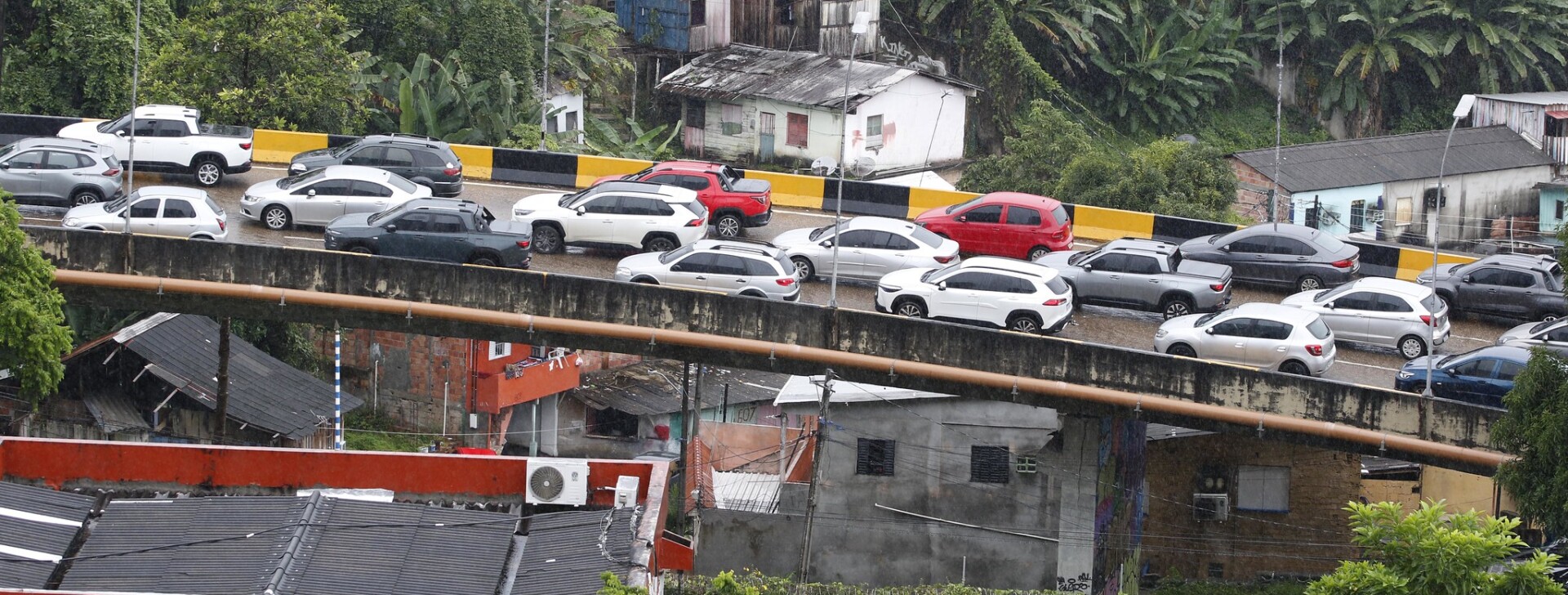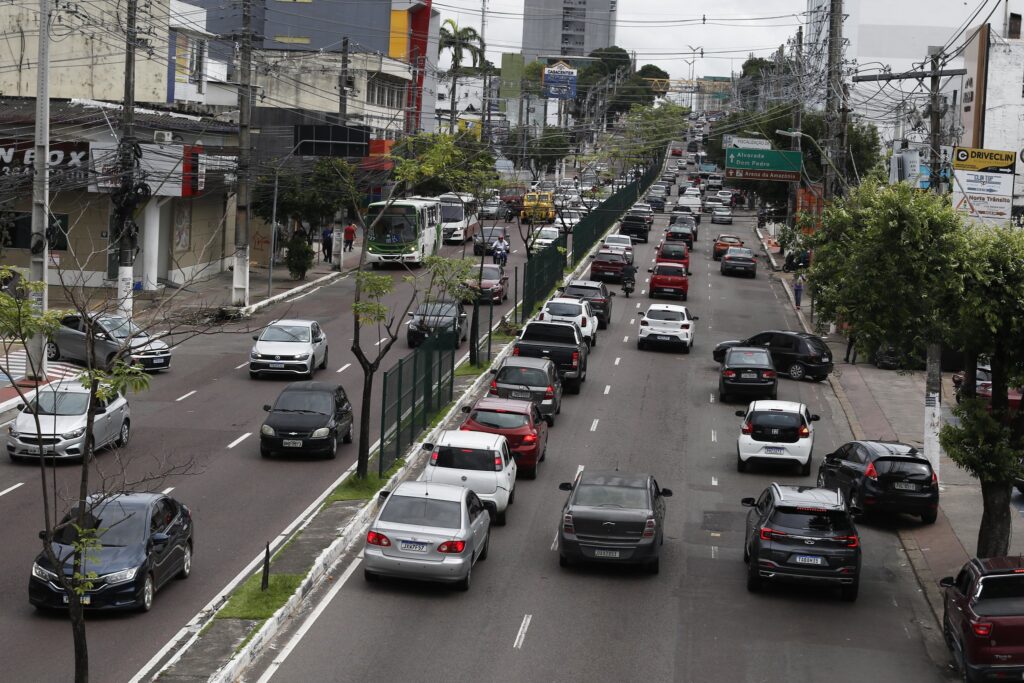Amazon states show critical gaps in road safety
26 de September de 2025

By Fred Santana – From Cenarium
MANAUS (AM) – A survey released last week by the National Road Safety Observatory (ONSV), a nonprofit social institution, exposed serious flaws in traffic management and enforcement in the states of the Legal Amazon. The research, called Integrated Road Safety Indicators (IRIS), shows that the region faces low camera coverage, high rates of alcohol-related infractions, inconsistencies in official data, and signs of underreporting in several categories of violations.
The study was developed from 34 indicators built with data from bodies such as the National Secretariat of Traffic (Senatran), the Information and Informatics Department of the Unified Health System (Datasus), the Brazilian Institute of Geography and Statistics (IBGE), the National Confederation of Transport (CNT), the Federal Highway Police (PRF), and the State Traffic Departments (Detrans).
According to the research, many municipalities are still not formally integrated into the National Traffic System (SNT). This limits local autonomy to promote traffic engineering, education, and enforcement. The report also points to transparency failures in the Detrans’ portals in the region and outdated databases in the National Registry of Traffic Accidents and Statistics (Renaest).

The municipalities of Amazonas are cited for low rates of violations relative to the fleet and one of the lowest proportions of enforcement cameras in the country. Still, even with few devices installed, the cities show high rates of speeding violations, revealing disparities between infrastructure and enforcement effectiveness.
Acre and Rondônia, in turn, are among the states with the highest rates of alcohol-related driving violations. In both cases, electronic monitoring coverage is considered insufficient, with low rates of cameras per fleet and low proportions of citations. Roraima and Amapá, meanwhile, show almost no fines for failing to use child safety seats, a situation the document associates with possible enforcement omission.
In Pará, the reference concerns cell phone use while driving, with very low numbers of citations. The report emphasizes that a drop in violations does not necessarily reflect behavior change, but may indicate a lack of active enforcement. Mato Grosso stands out for simultaneously having high rates of alcohol-related violations and very low indicators regarding child seat use.

Tocantins emerges as an exception among Amazon states: it is among those with the most cameras per thousand vehicles, alongside Goiás and the Federal District. Maranhão, on the other hand, is highlighted in the education area for presenting an imbalance between the number of licensed drivers and the circulating fleet.
In its conclusion, the IRIS Observatory notes that the grades assigned do not represent absolute data, but relative comparisons among states, obtained through Principal Component Analysis. The methodology classifies each state in the six pillars of the National Plan for the Reduction of Traffic Deaths and Injuries (Pnatrans) and in an additional set of mortality indicators.

